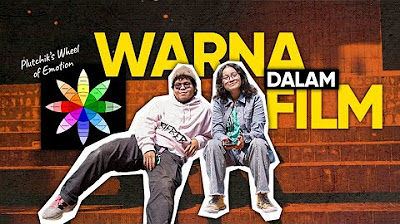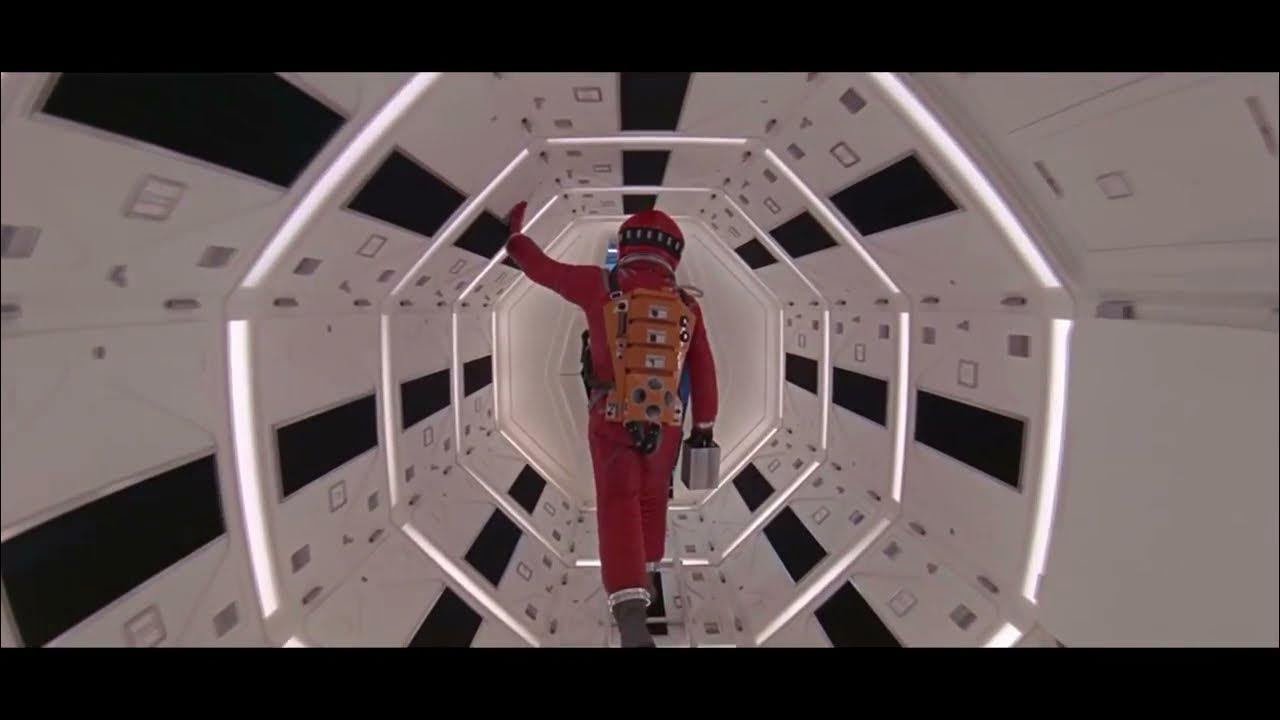Why is Whiplash Shot in 2 Colors?
Summary
TLDRIn this analysis of *Whiplash* (2014), the film’s use of color is explored as a crucial storytelling tool. Black symbolizes power and control, particularly in the oppressive environment of the Shaffer Conservatory. Yellow and orange hues represent passion, ambition, and the fiery influence of Fletcher, while also suggesting the emotional costs of Andrew’s sacrifices. Green tones, conversely, highlight moments of discomfort and failure. The film’s color palette enriches the emotional depth and character development, reinforcing the central themes of ambition, struggle, and the pursuit of greatness.
Takeaways
- 😀 Black in *Whiplash* symbolizes power and control, especially in scenes showing the dominance of the Shaffer Conservatory over Andrew.
- 😀 Andrew's initial white clothing represents innocence and inexperience, which gradually shifts to black as he becomes consumed by the world of music and Fletcher's influence.
- 😀 The use of yellow and orange lighting in *Whiplash* creates a warm, almost sinister atmosphere, symbolizing Fletcher's control and Andrew's growing obsession with his art.
- 😀 Yellow is a dual symbol: it represents Andrew's passion and enthusiasm for music, but also the sacrifices he makes in pursuit of greatness.
- 😀 Green lighting is used to convey Andrew's discomfort, stress, and self-reflection, offering a visual contrast to the warmer colors representing ambition.
- 😀 Andrew’s transformation is mirrored by his clothing choices, shifting from light to dark, signaling his descent into a more intense and self-destructive phase.
- 😀 Color grading is a key element in shaping the film's visual style, adjusting tones like yellow, green, and orange to enhance emotional moods and themes.
- 😀 The vibrant yellow hues in scenes between Fletcher and Andrew are tied to their fiery and complex relationship, with yellow also representing Andrew’s drive and internal conflict.
- 😀 Green hues are particularly prominent during moments of failure or isolation, representing Andrew’s feelings of inadequacy and struggle with his own limitations.
- 😀 *Whiplash* employs color not just for aesthetic purposes but as a tool for emotional storytelling, guiding the audience's understanding of Andrew’s psychological and emotional journey.
Q & A
How does the use of black in *Whiplash* contribute to the theme of power and control?
-Black in *Whiplash* represents power and control, especially in the early scenes where Andrew practices in a dark room. The black surroundings symbolize the dominance of the Shaffer Conservatory and the oppressive environment that Andrew must navigate. It also visually contrasts with Andrew’s innocent white shirt, marking his entry into a harsh, competitive world.
What does the transition of Andrew’s wardrobe from white to black signify?
-Andrew’s wardrobe transition from white to black symbolizes his shift from innocence and inexperience to a deeper involvement in the cutthroat world of music. The increasing use of black in his clothing reflects his descent into obsession and the growing influence of Fletcher's manipulative power.
How is yellow used to represent both passion and corruption in the film?
-Yellow in *Whiplash* symbolizes both passion and corruption. Initially, it signifies Andrew's enthusiasm and longing for musical greatness, seen in scenes where he admires the band or practices. However, as the film progresses, yellow also represents the destructive nature of his obsession, especially in scenes with Fletcher, where the warm tones take on a more sinister connotation.
How does color grading contribute to the visual style of *Whiplash*?
-Color grading in *Whiplash* enhances the emotional tone of the film by adjusting the brightness, contrast, and saturation of colors. The warm yellow and orange hues were intentionally heightened in post-production to amplify the intensity of Andrew's passion and suffering, creating a cohesive and striking visual experience that reflects the film’s themes.
What role do cooler colors like green and blue play in *Whiplash*?
-Cooler colors like green and blue are used to represent Andrew's moments of stress, discomfort, and self-reflection. Green, in particular, symbolizes unease, failure, and isolation, while blue tones emphasize Andrew's doubt and vulnerability. These cooler colors provide a contrast to the warmth and intensity of the yellow and orange scenes, balancing the film’s visual mood.
What is the significance of green lighting during Andrew's fall and physical pain?
-Green lighting during Andrew’s fall and physical pain symbolizes discomfort, failure, and distress. The use of green in this scene visually underscores Andrew’s emotional and physical struggles, emphasizing the negativity he faces as he becomes more entrenched in the harsh realities of pursuing greatness under Fletcher's influence.
How does the color yellow symbolize Andrew's sacrifices for music?
-The color yellow in *Whiplash* symbolizes Andrew's sacrifices for his musical aspirations. The rich yellow tones that appear when Andrew is performing or practicing suggest his passion and dedication, but they also hint at the cost of his personal relationships and well-being as he becomes more consumed by his goal of greatness.
Why is yellow more vivid during the climax of *Whiplash*?
-Yellow becomes more vivid during the climax of *Whiplash* to reflect the intensity of Andrew's commitment to Fletcher’s methods and his final submission to the demands of perfection. As Andrew embraces the ruthless pursuit of greatness, the color amplifies, symbolizing the culmination of his obsession and his return to the suffocating control Fletcher has over him.
How does the green hue relate to Andrew’s discomfort when he returns to his apartment?
-The green hue in the scene where Andrew returns to his apartment enhances his sense of discomfort and alienation. As he feels isolated from the world and uneasy about the situation he finds himself in, the green lighting visually represents his growing emotional and psychological strain, further emphasizing his disconnect from the outside world.
How does the interplay of warm and cool colors in *Whiplash* reflect the protagonist's emotional journey?
-The interplay of warm colors (yellow, orange) and cool colors (green, blue) in *Whiplash* reflects Andrew’s emotional journey by visually contrasting his moments of passion and hope with those of pain, doubt, and isolation. Warm colors often symbolize Andrew's drive and enthusiasm for music, while cool colors highlight his struggles, stress, and self-reflection as he sacrifices personal happiness in pursuit of perfection.
Outlines

This section is available to paid users only. Please upgrade to access this part.
Upgrade NowMindmap

This section is available to paid users only. Please upgrade to access this part.
Upgrade NowKeywords

This section is available to paid users only. Please upgrade to access this part.
Upgrade NowHighlights

This section is available to paid users only. Please upgrade to access this part.
Upgrade NowTranscripts

This section is available to paid users only. Please upgrade to access this part.
Upgrade Now5.0 / 5 (0 votes)





